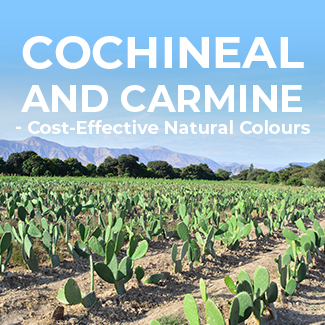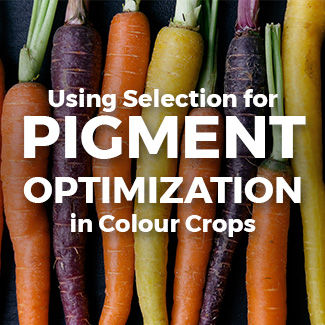The Many Benefits of Sensient’s Seed-to-Shelf Agronomy Program
According to Mintel, the global use of natural food color (including coloring foods) is approaching 80% across all food and beverage.
The transition to natural food colors is now broad-based and global in nature. Our priority at Sensient is to ensure a consistent and growing supply of color crop production to meet the demand. The benefits of a good agronomy program go far beyond a stable and growing supply though.
An agronomy program traced back to the seed of a color crop also enables these advantages:

Improved cost over time as agronomists increase pigment levels in key color crops

A reliable and more consistent supply due to a multi-region planting program

Complete food color traceability to the farm level
Discovery of new botanical sources like a blue shade that solves some of the industry’s biggest challenges with natural food color

Ability to positively impact people around the world with programs benefiting local economies in a socially responsible manner
LEARN MORE ABOUT SENSIENT’S AGRONOMY PROGRAM DIRECTLY FROM OUR HEAD AGRONOMIST IN THIS VIDEO:
By partnering with farmers in our growing locations around the world, we are able to collaborate responsibly. In addition, our bi-hemisphere approach to crop production enables more seed-to-harvest cycles, eliminating potential supply and forecasting disruptions.
As we continue to develop our agronomy program, which we call “Seed-to-Shelf”, an ongoing focus will always be addressing many of the opportunities and challenges associated with a global supply chain.














